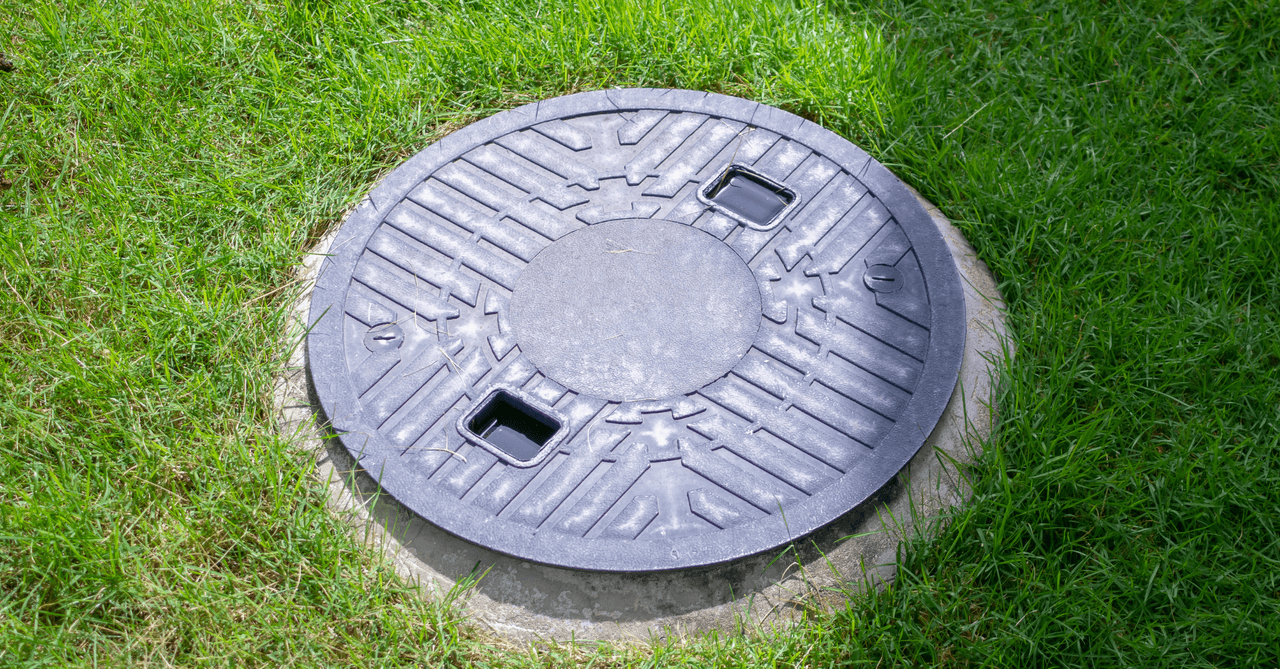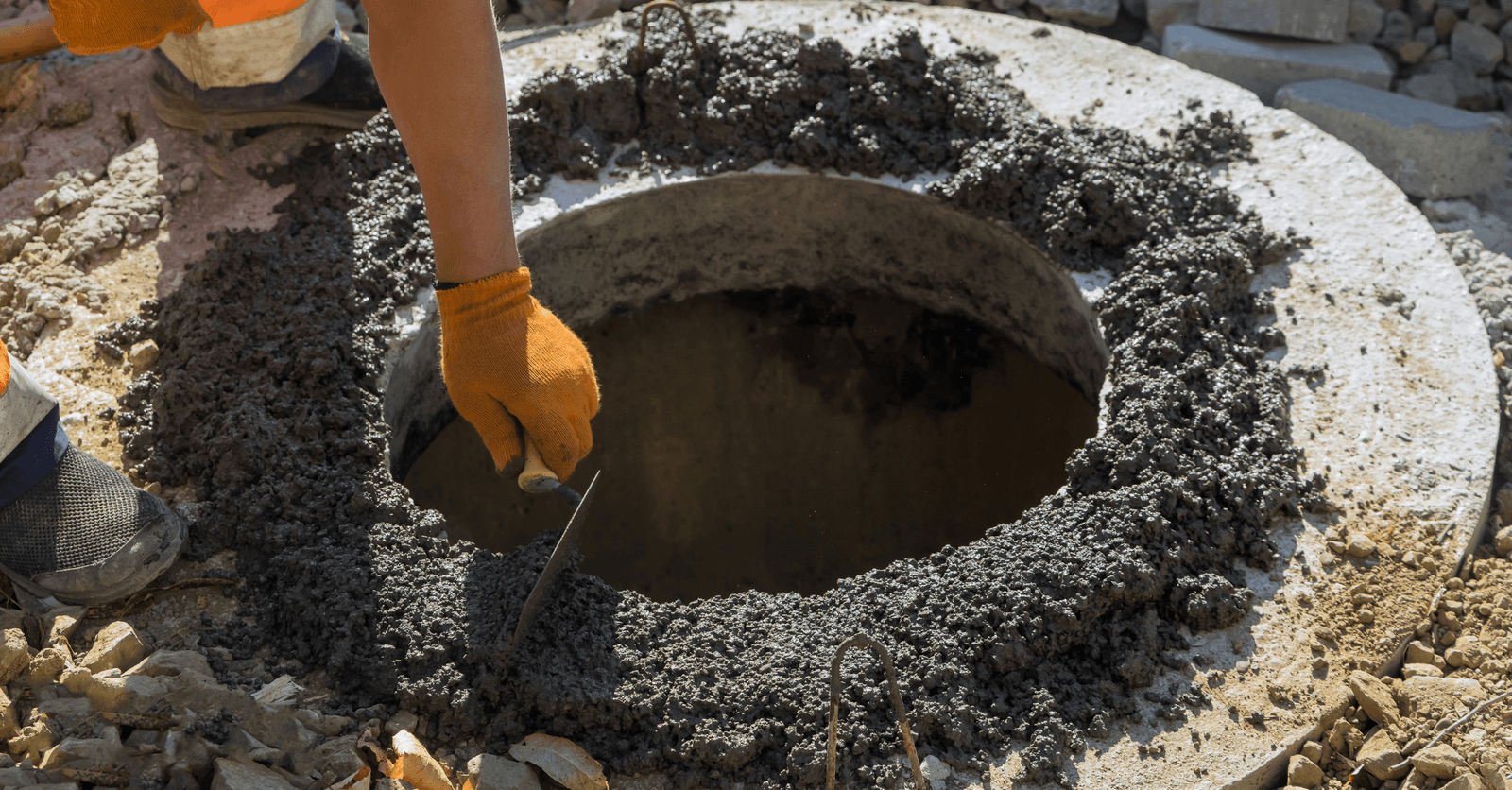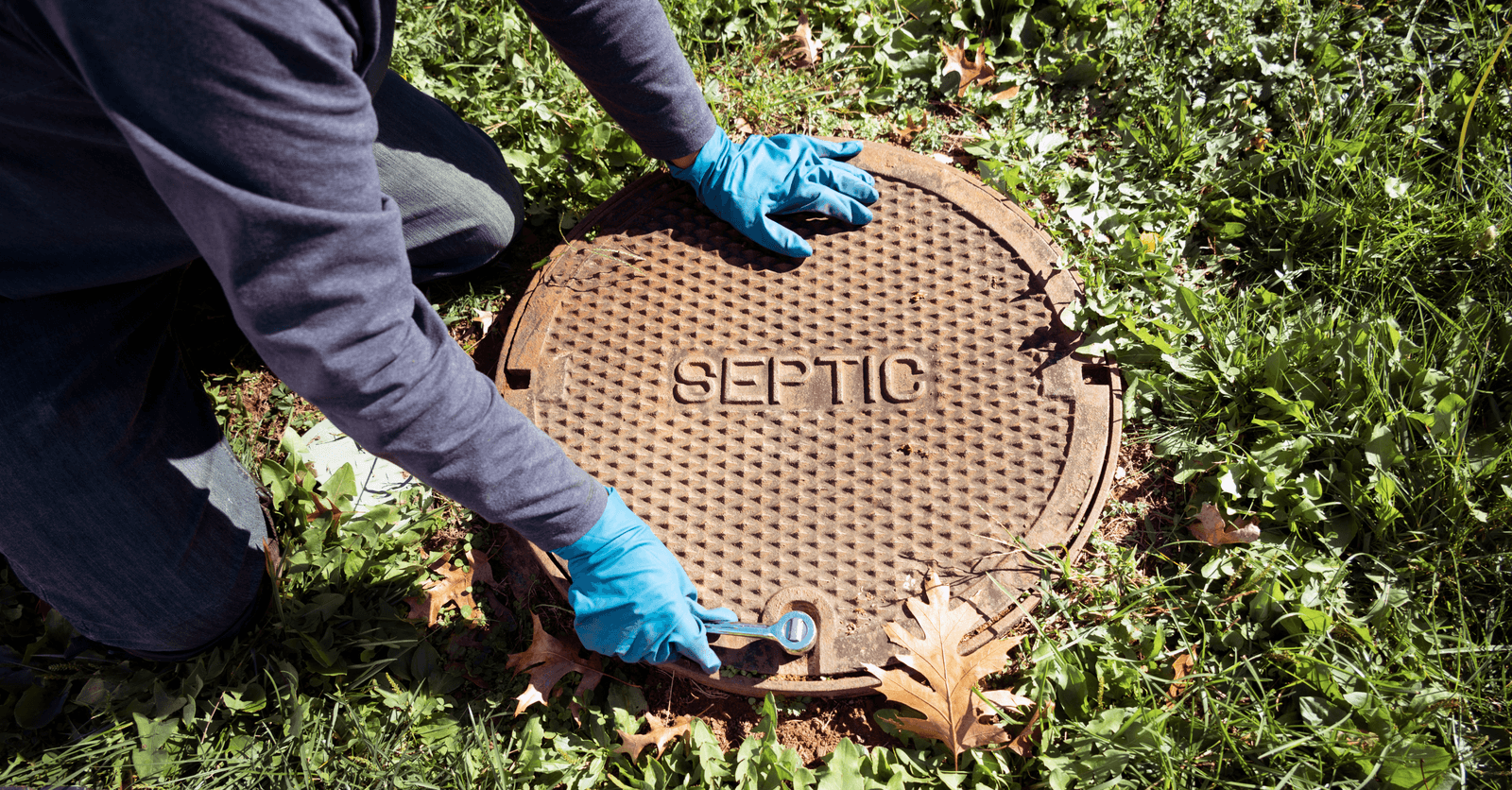How to Ensure Your Septic Tank Is Watertight
By Editorial Team
Updated on January 19, 2024

A septic tank with faulty waterproofing is evident through foul smells, drainage problems, or even wastewater backing up into your home.
It’s also apparent by high humidity levels in the ground surrounding the septic tank, if not the formation of a pond-like situation in your backyard. Uncover everything there is to understand the problem to then tackle it, head-on.
Characteristics of a Watertight Septic Tank

Source: Canva
A septic tank is typically made up of one of these two materials:
Plastic (PVC and HDPE)
Concrete
A plastic septic tank benefits from being lightweight yet doesn’t really withstand compression. Land movement can weaken the tank, much like its pumping.
As for the other type, concrete is a solid yet corrosion-susceptible material. It’s the reason why an aging installation can lead to leaks. The material used isn’t the only factor ensuring a watertight septic tank. Other factors come into play, such as:
Tank’s compatibility with the surrounding soil pressure
Backfill used to fill the septic tank
Pipes’ resilience
Overall construction quality
Thus, a septic tank is deemed watertight when it’s installed within the required set of guidelines. For example, with a pre-cast, PVC-made septic system, neglecting to backfill the area can lead to compression-related cracks.
Is a concrete septic tank watertight?
Yes, but they tend to be porous and corrosion-prone. To prevent these problems, concrete septic tanks must be treated.
When fecal matter decomposes, it emits a gas known as hydrogen sulfide (H2S). Note that this gas is especially corrosive. However, there are some ways to ensure a watertight tank:
Epoxy, polyurethane, or mineral injection
Bituminous coatings
Polymer-based bitumen sealant with a geotextile or fibreglass fabric
Hydro barrier with crystalline hydrates
Concrete septic tanks also pose another issue: their load.
The base of the concrete tank has to withstand Archimedes’ principle. This can be achieved if the tank's base is built right. On the other hand, when the tank’s base is of poor quality, or if the tank is too big, the bottom part of the septic tank has to be made of reinforced concrete to prevent fissures.
How to Seal a Septic Tank Cover
A lid is placed over the septic tank’s risers. It’s either made of plastic or concrete and protects the tank’s opening but also provides access to the septic tank.
The lid must be watertight to prevent the septic tanks’ from filling with rainwater.
Step 1: Make a curtain drain
A curtain drain, also known as an intercepting drain, is designed to redirect rain- and groundwater before reaching the septic tank.
Above ground, you need an incline of at least 2% to redirect surface water. As for groundwater, a hole is dug 10 feet (3 m) away from dewatering conduits. It must be at least 3 feet (1.20 m) from the phreatic zone. A 4-foot (100 mm) drain pipe is installed, along a 2% slope.
Step 2: Switch out the gasket or cover
A leak could be a result of two things:
Cracks in the lid
Worn gasket
After inspecting the lid, you’ll be able to spot the cause of the leak and proceed by either replacing the gasket or cover.
Signs of a Full Septic Tank

Source: Canva
Telltale sign 1: Slow-draining pipes
The water takes forever to drain when you're showering, washing your hands, or flushing the toilet. This is a sign that your septic tank is full.
Telltale sign 2: Wastewater backup
This is an issue that stems from drainage issues. Since the water isn’t properly draining, feces, grease, pet fur, and hair settle at the base of your pipes. This results in blockages. Hence, the water can't naturally drain toward the already full septic tank and backs up since it has nowhere else to go.
Telltale sign 3: Septic tank capacity
Pop open your septic tank lid and dip a stick into the water. When the stick hits the sludge level, you’ll know how full your septic tank is.
If the stick hasn’t passed the mid-section of the septic tank before hitting sludge, your tank is full.
How to Repair a Leaky Septic Tank

Source: Canva
By hiring a company specializing in septic tanks and septic tank repairs. Why? For at least two reasons.
First, a poorly executed repair will only aggravate the leaks, forcing you to eventually replace your tank.
Second, plastic septic tanks mandate an in-factory intervention, meaning a high-pressure, flexible polyurethane injection. In either case, repairing a leaky septic tank isn’t for laypersons.
What about concrete septic tanks? These are only repairable if the cracks are:
on the top half of the tank;
less than 3 mm; and
repairable from inside or outside.
To fix a leaky concrete septic tank, the only functional and long-lasting method is using a case sealing spray. It’s the only solution that cures fast enough to repair your septic tank, rendering it watertight.
Get 3 quotes for your renovation project
RenoQuotes.com can help you get quotes from a general contractor. By submitting your project, we’ll put you in contact with top-rated contractors. Fill in the form on the homepage (it only takes a few minutes) and get estimates from trusted professionals.
Dial 1-844 828-1588 to speak with one of our customer service representatives.
Looking for something else?
Related articles
The latest industry news, interviews, technologies, and resources.

Editorial Team
•22 May 2025
Clay, sandy, silty, till, and organic soils—foundation excavation conditions are particularly diverse in Quebec. However, clay soils cover most of the inhabited territory of the province. Therefore, there’s a high chance you’ll be digging your house’s foundations in clay. Here’s everything you need to know to build a solid foundation wall in this capricious soil.

Editorial Team
•07 Nov 2023
Designing an outdoor space, like a deck, can turn into one of the more defining features of your home. On our blog, we cover a variety of topics, whether it be insulation, or plumbing, with a bit of roofing involved—albeit these are all highly vital in protecting your dwelling, such changes are most often more of a necessity rather than pure fun.

Editorial Team
•07 Nov 2023
Outdoor columns on the facade of your home add an element of originality and allure. Whether used for your landscaping, porch or walkways, incorporating columns into your design can have a lasting appeal. However, since these columns are outdoors, they are exposed to various forms of weather damage. Therefore, it’s important to know how to care for your outdoor columns.

Editorial Team
•08 Aug 2025
It’s becoming increasingly difficult for construction or renovation contractors to promote themselves or recruit qualified employees. In fact, right now, there’s an imbalance between supply and demand, especially since the 2020 pandemic.

Editorial Team
•07 Nov 2023
Looking to change your kitchen countertop? To achieve the desired result, thoroughly follow a series of well-defined steps. Without further ado, here's how to install your kitchen countertop just like a professional.